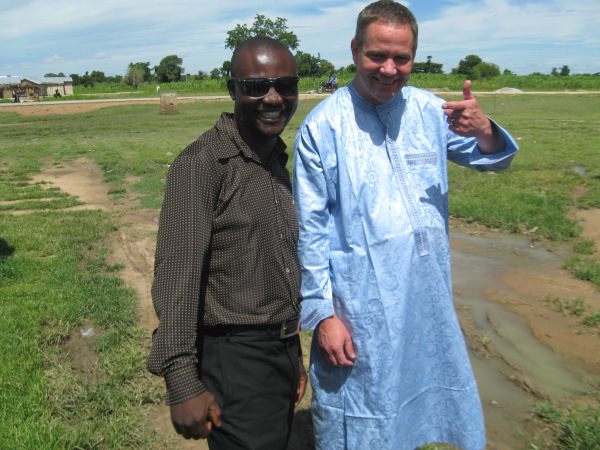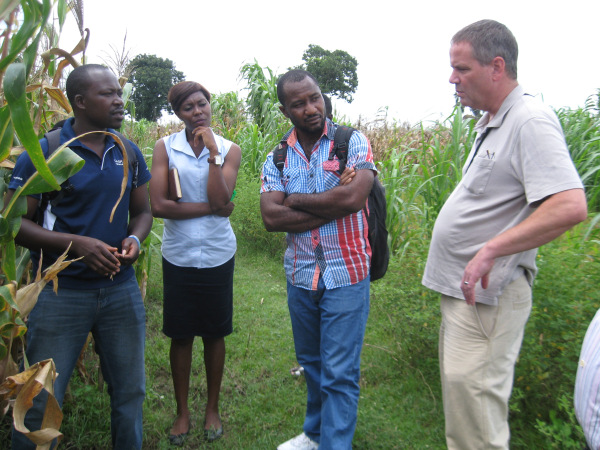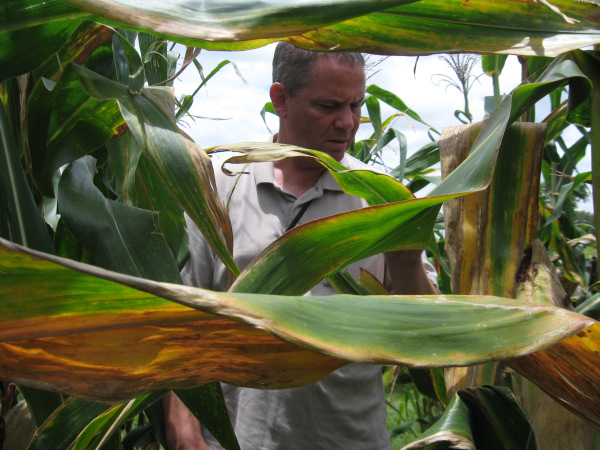
Volunteer Post
Empowering Farmers in Nigeria
Dr. John Lindquist went to Kaduna, Nigeria in September to complete a Farmer-to-Farmer volunteer assignment with hosts Doreo Partners and Babban Gona, to build the capacity of their technical teams in maize and rice production.
Doreo Partners invests in businesses that increase the profitability of smallholder agriculture. To this end, Doreo created an entity called Babban Gona (“Great Farm” in the Nigerian Hausa language), an agricultural franchise that is on a path to lift 5 million smallholder farmers out of poverty by 2030. The Babban Gona MIK (Mullura Da Ingantaccen Kungiyar – Caretaker Of The Trust Group) program aims to transform rural youths, both male and female, into private sector extension service providers who are trained to meet the needs of the smallholder members of Babban Gona’s franchise Trust Groups.
Dr. Lindquist’s volunteer assignment included a few days of farm visits, where he and the Babban Gona staff observed traditional production practices and discussed recommendations. He observed farms ranging from the best in the program to the worst. The average maize production of farmers outside of the Babban Gona program was about 1,500 kg/ha, whereas farmers within the program averaged 3,500 kg/ha. Their longer-term goal is to reach 6,000 kg/ha. The program has achieved these higher yields by providing farmers with an improved maize seed, fertilizer, and other inputs where needed.
Following the farm visits, Dr. Lindquist conducted formal trainings, covering topics ranging from maize production to improved management practices and efficient use of resources. The training concluded with a thought-provoking quiz that resulted in energetic discussion amongst participants, followed by a celebration (with many pictures), which he deemed an indicator of great success. Dr. Lindquist mentioned after the conclusion of the assignment:
“It was my impression that the Babban Gona program staff will implement the recommendations made, in which case they should be well on their way to achieving the 6,000 kg/ha yield goal.”
Here are some photos of Dr. Lindquist in action during his assignment:



